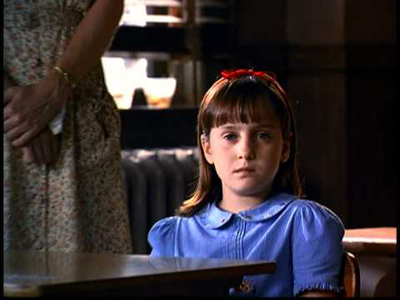Children with anxiety are not easily identified – and are often perceived as merely disobedient or inattentive
Children with anxiety disorders are not easily identified – and are often perceived as merely disobedient or inattentive
Although anxiety was common in children and adolescents it was often confused with other behaviours, said Professor Jennie Hudson from the Centre of Emotional Health from the Department of Psychology at Macquarie University.
“[Anxiety] is often overlooked really because often kids are experiencing anxiety internally and other people don’t pick up on it,” she said.
Anxious children could appear distracted during class or naughty because they did not wish to attend school, said Professor Hudson.
However, it was possible to spot a child with anxiety through avoidance behaviour.
“Children who are worried about things will avoid those things that make them nervous,” said Professor Hudson.
“So they might be skipping school or they may not be able to speak up in class.”
Kids with anxiety also tended to ask a lot of questions “like, ‘what if…?’, ‘what’s going to happen?”, she added.
In this short video, Professor Hudson addresses the following questions:
- How does anxiety affect young people?
- What are some of the indicators of anxiety in children?
- Is anxiety often overlooked or confused with other behaviours?


